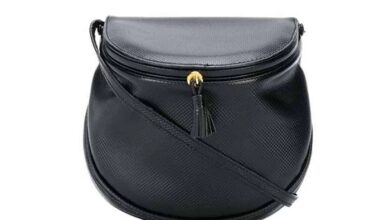Installation of sewerage pipelines of a country house
A modern residential building cannot be imagined without a drainage system. Pipes permeate the entire structure from the attic and roof to the basement. I must say honestly that the current construction is simply impossible without sewerage. It is from the marking of the site where construction begins that the wastewater disposal system originates. After all, even the installation of the foundation involves the installation of holes for sewer pipelines.
While the ground floor (basement or basement) is being laid, an external drainage system is being installed at the construction site. First of all, trenches are dug, the depth of which depends on the average winter temperatures and the level of soil freezing. Although the calculations are carried out exclusively in place, there is a minimum boundary for deep sewerage laying. It is equal to one meter. When the trench is ready, proceed to the device of the lower water-resistant layer (substrate). This is necessary so that in the spring thaw times the pipes are not washed away by ground and underground waters. A layer is laid of ten to fifteen centimeters of industrial crushed stone. Then, the drainage pipes themselves are installed on the substrate, and the necessary slope is taken into account. As a rule, it is taken as the ratio of one millimeter of slope to one linear meter of pipe being laid. Naturally, the slope should be in the direction of drainage from the building under construction. It is advisable to mount manholes up to two meters deep every five meters. Of course, at the corners and turns of the pipelines of the system, the installation of such wells is mandatory. When all the sewerage at the construction site is laid, it is covered with industrial sand, while carefully tamping. It is better to use a press or a tamping machine for this, since such methods give out up to ninety percent of sand compaction, in contrast to foot tamping. After the actions taken, the trench is covered with developed soil in order to further landscaping the territory.
If the external sewage system is ready, then proceed to the installation and wiring of drainage in the basement. First, the main deck chairs are laid on the floor or on the ceiling of the premises, depending on the project and the number of storeys of the building. Practice shows that the suspended drainage system is less likely to silt and not clog, but installation in this way is much more expensive. At the main outlet of the pipes from the house, you can install an automatic drive to shut off the sewer to avoid external blockages. That is, when external pipes and wells are clogged with dirt and waste, all drains will not go back to the basement. But, unfortunately, such devices are very rarely used in our buildings due to the cost of installation and subsequent maintenance.
If the sunbeds are mounted, the installation of the risers of the system begins. They run through all floors, ending with air vents in the attic or roof. Access to fresh air is necessary in order to ventilate the sewer and rid it of accumulated sewage gases. Inspection revisions are installed on the risers themselves. Previously, they were placed on almost every floor in the house, but now they are limited only to the lower and upper. Although for greater efficiency, it is recommended that inspection audits be present on every fifth floor of the building. But due to cost savings, this practice is not used in our modern construction.
At the end, they mount the apartment wiring of sun loungers. It is important to consider here that the sewerage system must ensure the removal of effluents from all sanitary appliances located in the apartment.



